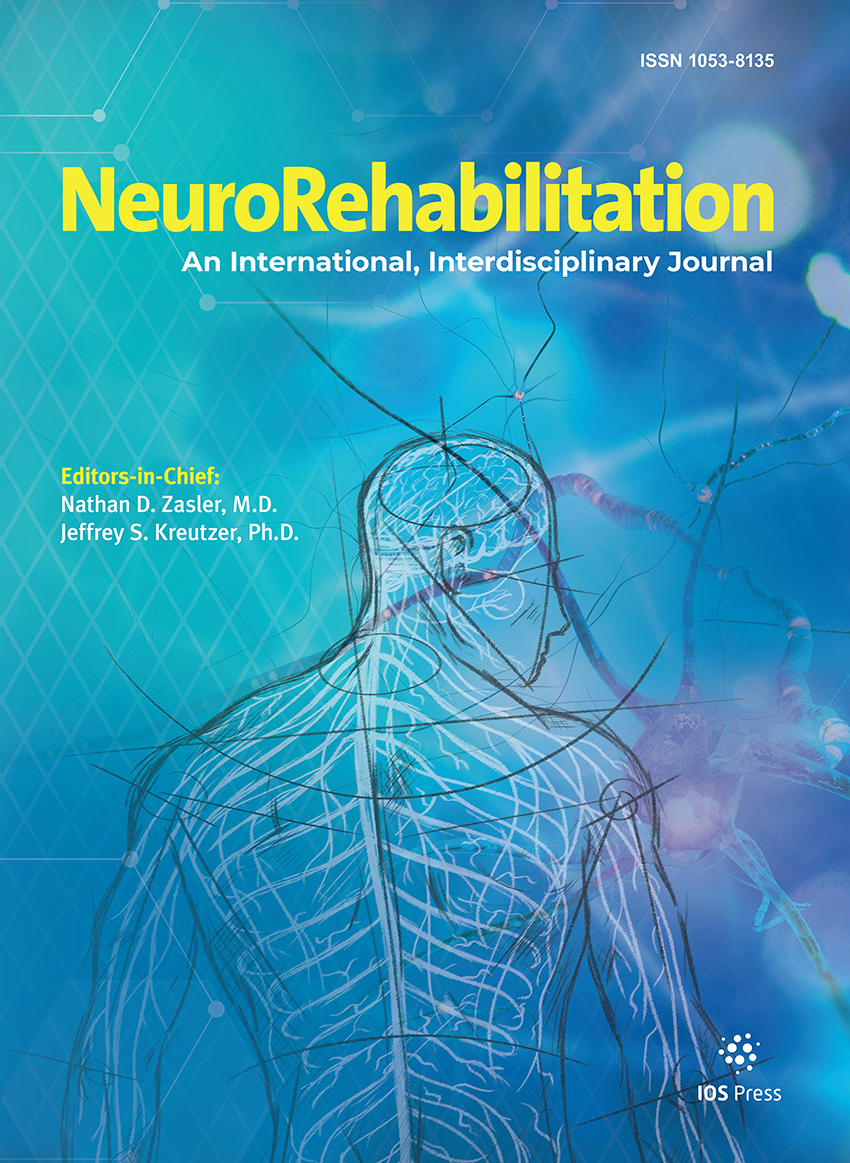Authors: Kim, Heejun | Shin, Jiwon | Kim, Yunhwan | Lee, Yongseok | You, Joshua (Sung) H.
Article Type:
Research Article
Abstract:
BACKGROUND: Despite the promising effects of robot-assisted gait training (RAGT) on balance and gait in post-stroke rehabilitation, the optimal predictors of fall-related balance and effective RAGT attributes remain unclear in post-stroke patients at a high risk of fall. OBJECTIVE: We aimed to determine the most accurate clinical machine learning (ML) algorithm for predicting fall-related balance factors and identifying RAGT attributes. METHODS: We applied five ML algorithms— logistic regression, random forest, decision tree, support vector machine (SVM), and extreme gradient boosting (XGboost)— to a dataset of 105 post-stroke patients undergoing RAGT. The variables included the Berg Balance
…Scale score, walking speed, steps, hip and knee active torques, functional ambulation categories, Fugl– Meyer assessment (FMA), the Korean version of the Modified Barthel Index, and fall history. RESULTS: The random forest algorithm excelled (receiver operating characteristic area under the curve; AUC = 0.91) in predicting balance improvement, outperforming the SVM (AUC = 0.76) and XGboost (AUC = 0.71). Key determinants identified were knee active torque, age, step count, number of RAGT sessions, FMA, and hip torque. CONCLUSION: The random forest algorithm was the best prediction model for identifying fall-related balance and RAGT determinants, highlighting the importance of key factors for successful RAGT outcome performance in fall-related balance improvement.
Show more
Keywords: Balance, machine learning, neurorehabilitation, prediction models, robot-assisted gait training
DOI: 10.3233/NRE-240116
Citation: NeuroRehabilitation,
vol. Pre-press, no. Pre-press, pp. 1-10, 2024
Price: EUR 27.50





